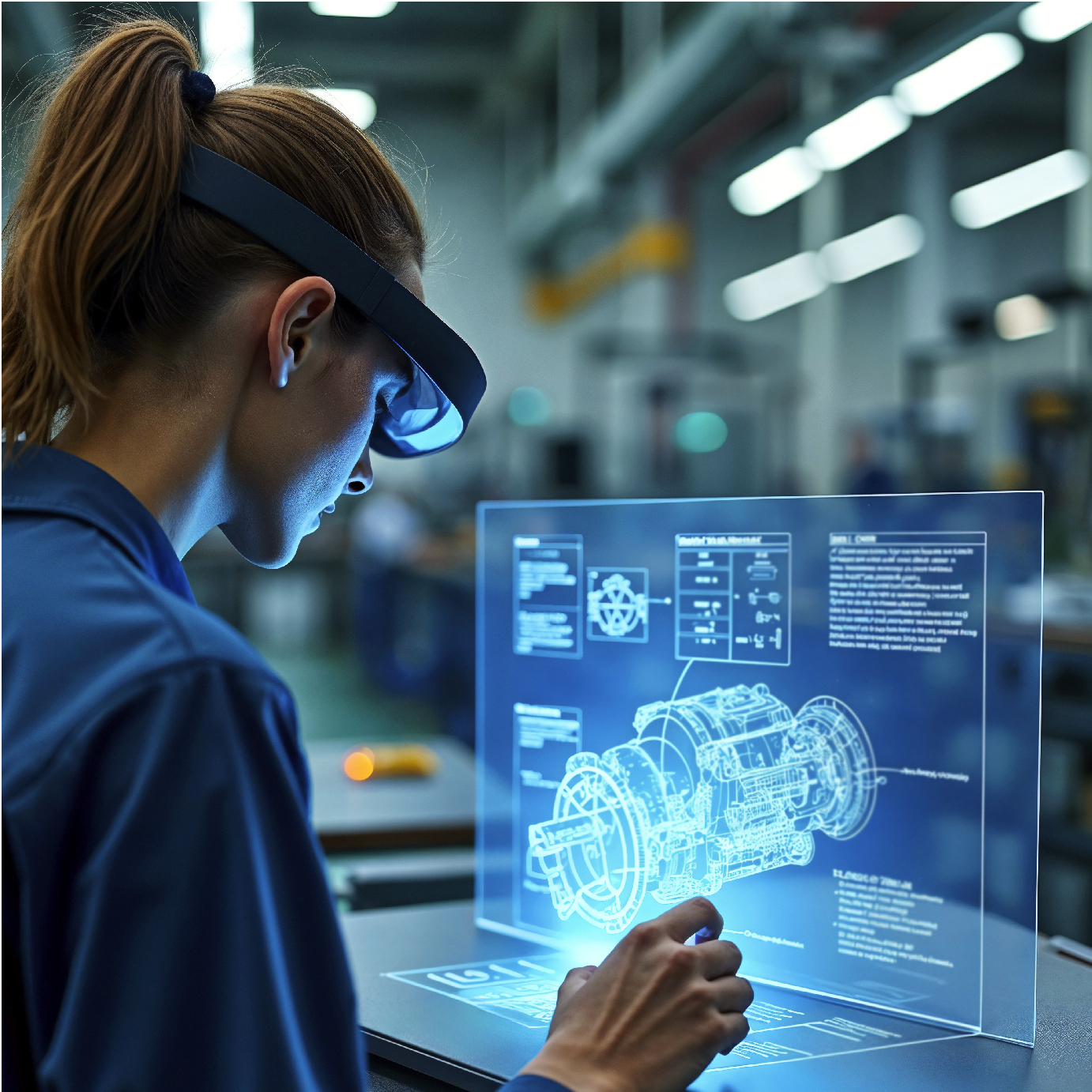The Technology That Powers the Future
Innovation | Research
How smart engineering is redefining industries.
From autonomous vehicles navigating city streets to AI-driven diagnostics revolutionizing healthcare, the landscape of modern industry is being reshaped by the power of smart engineering. As we step deeper into the digital age, innovation is no longer a luxury—it's the foundation of progress.
The Rise of Intelligent Systems
Smart engineering combines traditional design principles with advanced technologies like artificial intelligence, machine learning, robotics, and IoT (Internet of Things). These systems learn, adapt, and optimize themselves in real time—transforming how machines behave, how systems respond, and how humans interact with technology.
Example: Manufacturing
In manufacturing, smart engineering has enabled predictive maintenance, where machines identify and report issues before breakdowns occur. This not only saves time and cost but also maximizes efficiency. Additive manufacturing (3D printing) allows for rapid prototyping and production with reduced waste and shorter turnaround times.

Data-Driven Design and Development
What once took months of guesswork can now be simulated, tested, and optimized digitally. Engineers can design everything from aircraft engines to wearable health tech using digital twins—virtual models that replicate real-world systems. These digital models allow for faster iterations, safer testing, and data-rich feedback.
Example: Aerospace & Defense
In aerospace, data from thousands of sensors across an aircraft feed into AI systems that monitor safety, optimize fuel use, and predict part replacements—minimizing downtime and enhancing safety standards.
Cross-Disciplinary Impact
Smart engineering doesn't just live in one domain—it's redefining entire sectors.
- Healthcare: Bioengineering and AI now power real-time diagnostics, robotic surgeries, and smart prosthetics.
- Automotive: Electric and autonomous vehicles are setting new benchmarks for safety, sustainability, and performance.
- Construction: Smart materials and automated machinery are enabling faster, safer builds with reduced environmental impact.
The Role of Research and Continuous Innovation
At the heart of this transformation is relentless research—driven by universities, startups, and forward-thinking companies. Engineering isn't static; it's evolving daily. Open-source platforms, simulation software, and global collaboration mean anyone can contribute to building the next big thing.

The future isn't something we wait for—it's something we're building, line by line, layer by layer, through the lens of smart engineering.
Mechionix Research Team
The Future: Human + Machine Synergy
Perhaps the most exciting shift is not what machines are doing alone, but what they are enabling humans to do better. Smart engineering is about augmenting human ability—not replacing it. Engineers now have tools to dream bigger, solve faster, and impact wider.
Conclusion
The future isn't something we wait for—it's something we're building, line by line, layer by layer, through the lens of smart engineering. Innovation and research are not side projects; they are the engines driving us toward a more efficient, intelligent, and connected world.

